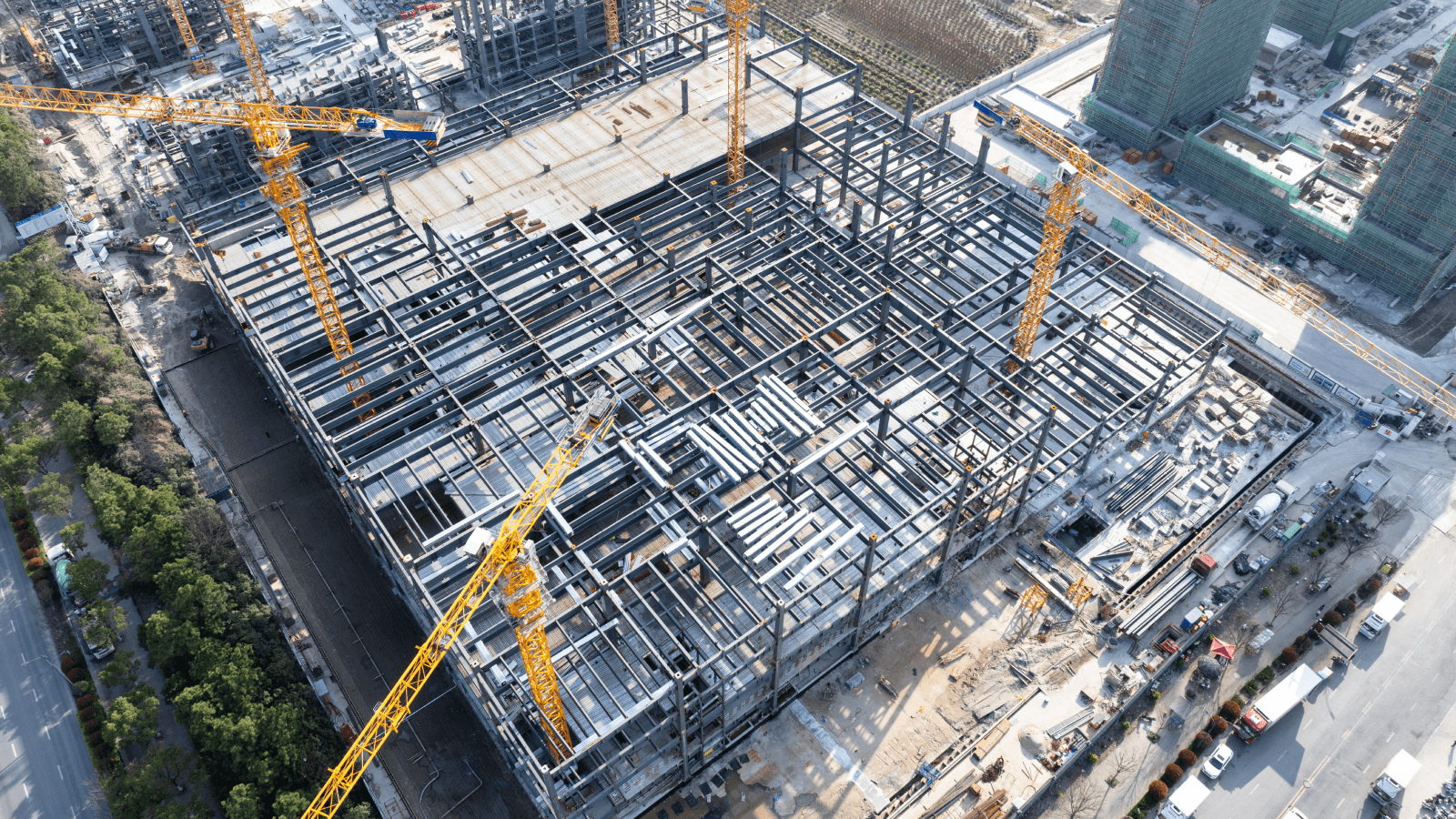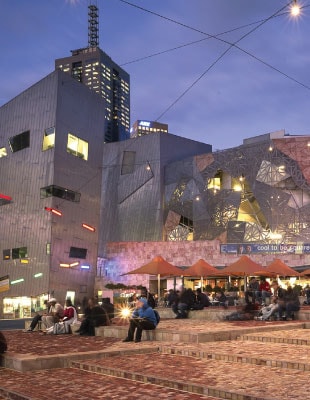Housing – or the lack of it – is occupying all levels of Government in Australia today. The policy debate has thrown up a smorgasbord of solutions for how best to boost the availability of affordable rental and owner-occupied dwellings in our major cities. But as impetus to accelerate the rollout of new housing stock builds, one question is usually overlooked: is Australia’s construction industry is up to the task?
In global terms Australia has taken a very traditional approach to construction. We use traditional materials, and most construction jobs are bespoke and completed onsite from the ground up. The industry is labour intensive and reliant on a limited skills base, and the nature of the industry discourages a diverse workforce.
Contractors operate on low margins, so projects are high risk. Pressure on margins means there is little or no investment in efficiency or innovation, and sustainability concerns are secondary in procurement considerations.
Beyond that, there is a cultural mindset across the industry that is resistant to change.
Any effective Government response to ease the housing shortage will require delivery of a high volume of new dwellings to market, at speed. Indeed, the National Cabinet has set a target of 1.2 million new homes over five years to 2029. That’s an enormous ask of the residential construction sector. It is not clear the sector is structured to make the step-change in output required, let alone while taking meaningful steps toward decarbonisation.
So how can the industry position itself to respond? The Modern Methods of Construction (MMC) movement could provide the answer.
What is MMC and why is it important?

MMC refers to a range of construction methods that are different to traditional onsite construction and combine to make the construction process more efficient, sustainable and accessible to a diverse workforce. It is a collection of techniques rather than a single approach; it is really a new way of thinking about construction.
The essence of MMC is offsite pre-manufacturing of components of a building, which are then transported and installed onsite. Components can range from fully fitted 3D modules to 2D panel solutions and everything in between. MMC is inherently scalable, with production taking place in factory-controlled conditions that are not subject to weather disruptions and drawing on new and different skills including digital design, logistics, AI, robotics and site-based assembly.
Role for Government in driving MMC

Compared to many countries overseas progress in adopting MMC Australia has been slow, but as the housing emergency concentrates minds that could be changing.
In a sign of growing interest, a Construction Industry Leadership Forum (CILF) event focused on unlocking and enabling MMC attracted more than 70 attendees from federal, state and local Government, industry peak bodies, construction firms and project advisers. The forum explored different MMC models, the opportunity and challenges, and case studies of successful MMC projects in key markets overseas.
Based on Arcadis’ own extensive experience advising on MMC in the UK, the rationale for the transition is clear. One study for the Greater Manchester Combined Authority showed that driving MMC to accelerate housing delivery would deliver an economic benefit of at least GBP 22 million while enabling more houses to be built more quickly and reducing the carbon footprint of each new home.
Yes, there are challenges. Criteria for MMC is yet to be defined completely, which can make it hard for contractors to respond - an agreed taxonomy is needed to support benchmarking and measurement. Any shift to MMC requires an upfront investment by contractors, and experience suggests the payoff may not come until the fourth or fifth project. Further, MMC must involve the entire supply chain, with the link between offsite manufacture and on-site installation particularly critical.
Arguably these challenges are amplified in Australia, which has small population dispersed over a wide land mass. And whether the Australian industry, which has historically operated on low profit margins, has the resources to invest in MMC capability is an open question.
But the challenges are surmountable and the opportunity for MMC in Australia is real. The missing catalyst is Government support and here, the pressing requirements of the housing agenda offer a path forward.
MMC works best where there are many repeatable elements in a project. It is therefore ideally suited to the large-scale rollout of social or affordable housing programs. For this reason, the NSW Government in its $224 million Essential Housing Package announced in 2023, invested $10 million to demonstrate how MMC can support accelerated delivery of high-quality, permanent social homes.
We know that to justify investing in an MMC capability contractors need a viable project pipeline. Government-funded social and affordable housing programs provide just that. Programs under consideration are in densely populated urban areas so the economics should be viable. As funder and client Governments are uniquely placed to mandate that contractors deploy MMC in tender guidelines for these programs.
Project aggregation – as in the Manchester example - offers another way forward. In this model, aggregating the pool of demand from multiple housing projects creates the scale and pipeline necessary to support partnering with a MMC provider that is contracted to deliver a prescribed number of homes using advanced manufacturing techniques.
It is worth noting that MMC aligns neatly with the Federal Government’s drive for sovereign manufacturing capability, as set out in in the Made in Australia initiative.
The shift to MMC in Australia will not be immediate. Existing construction industry practices are deeply ingrained. There is a cultural mindset across the industry that is resistant to change and insists that traditional building is of a higher quality than anything utilising MMC techniques.
Clearly, investment in new and different construction skills is required.
The way forward

Australia’s industry lags its international counterparts on available measures of efficiency and innovation. MMC offers a path for the industry to leap forward.
As a starting point, we need to agree on how we define MMC and standardise the technical specifications that will apply. We also need to begin the process of educating industry.
Looking ahead, given Australia’s dispersed market, aggregating multiple projects and specifying a minimum level of MMC content across the aggregated portfolio seems the logical way to kickstart demand. On the supply side, we envisage centralised hubs focused on advanced manufacturing for construction, established with direct funding support or R&D incentives from one or more tiers of Government. Done correctly, this establishes the platform for structured MMC partnerships around minimum MMC content in large-scale projects.
The rewards from a transition to MMC are evident: a safer and more efficient industry, a lower carbon footprint, a more diversified skills base, and an industry better able to meet urgent housing requirements. All that is needed is the will to change, and Government impetus to drive this change.







